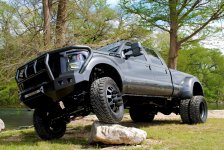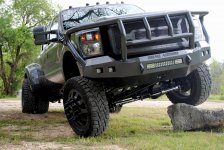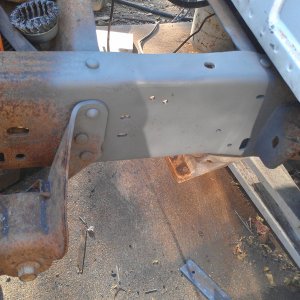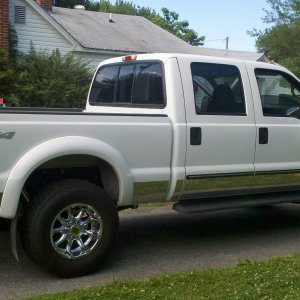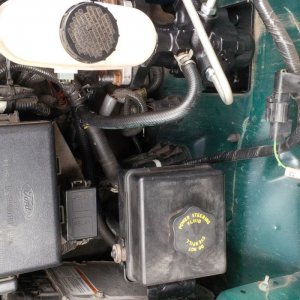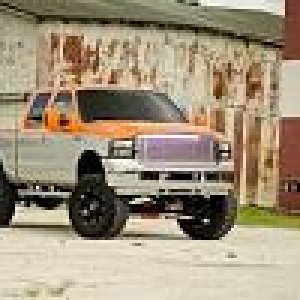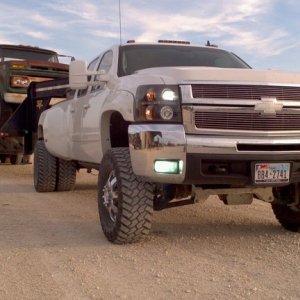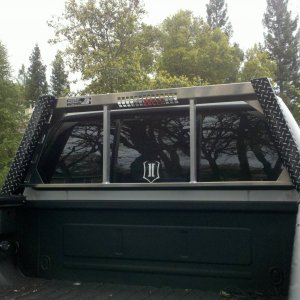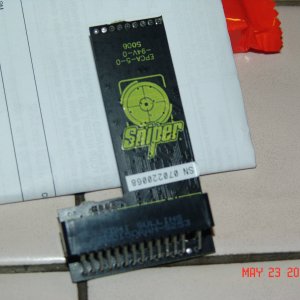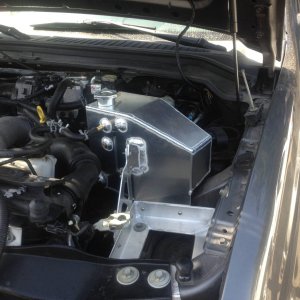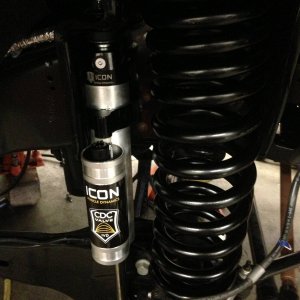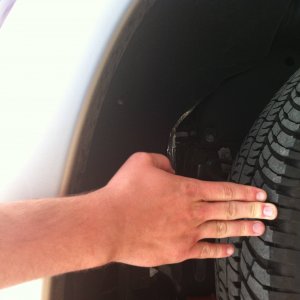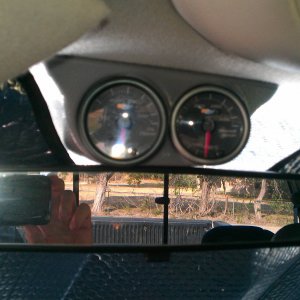I'm currently in Amarillo, Tx... Does that make you feel better? Hell, I use to live in wilsonville, Or.. That's a stone throw from OuO.. I'm not catching your point.
So when someone makes a "claim" or a blanket statement it can't be asked why or challenged?
I answered your question and I could tell by your response that no matter what I say or show you. You are not going to agree with me. I could have a full 3d rendering of how this all works and you would find faults in it. You asked a question and I gave you an answer. Once I saw your response I figured it may of just been bait.
Then I looked at your location. I thought....hmmm.... Then I looked through some of your old posts and a couple of them were in regards to PMF.
From your comments above it sounds like you think a fixed set of traction bars with no front shackle (even though I don't like front shackles) just mounted to the frame and to the axle work fine with leaf springs. Still allows the leaf spring to articulate without affecting ride quality or amount of travel. If that was actually true then the OUO bars will still work perfectly fine and everything in your world is still going to be happy.
Now in my world if I bolt a set of traction bars on a truck that don't have a front shackle or any means for some movement. It is going to affect the ride quality of the truck. There are a lot of trucks out there just like this setup. Once you bolt that on the truck that is the new pivot point for that axle. Now it is going to want to keep the leaf spring from flattening out and forcing it into a new path thus changes the system stiffness. If it was that simple and easy to get rid of wheel hop it would have came that way from the factory.
The axle physically cannot travel anything other than the path of that traction bar. It has to force the leaf spring into a different motion which does not match the original path. As the leaf spring flattens out and wants to lengthen and push out at the shackle. It is now on a radius pivot. It is easy to tell by just jacking the rear of the truck up and the axle doesn't droop out as it did without the traction bars. That amount of front and rear displacement the bushings have in the OUO bars are enough to allow the rear to droop out and enough to allow the leaf springs to flatten out.
I have a really good friend of mine that bought a truck that already has a fixed set of traction bars on the truck. I don't even know the name of the company but they pretty much are all the same construction. It is a stock truck with a leveling kit on it. It seriously rides like **** in the rear. He hates it and it is all coming off for a different set of traction bars. You jack the rear of the truck up and hardly anything moves. It is locked in to that ride height position. Granted the rear of the truck will move with enough load and even articulate. The truck corners great too....LOL Most people don't even know or realize it until someone points it out or you ride in a well setup truck. I mean its a truck right? It is supposed to ride stiff.
I know you don't like the bushings. But they have been used in these traction bars for over 10 years. There are literally hundreds and hundreds of thousands of miles on these setups. It is very rare to hear of anyone having an issue or even having to replace one of the bushings. They are a proven setup and are used by a very wide variety of people. Anyone that buys a set of these is going be happy.

